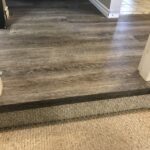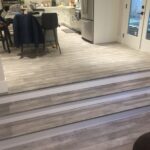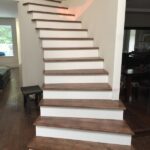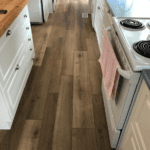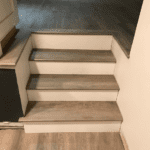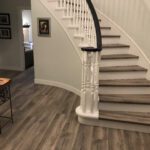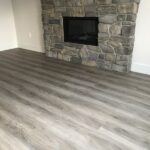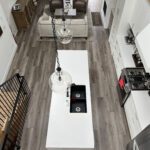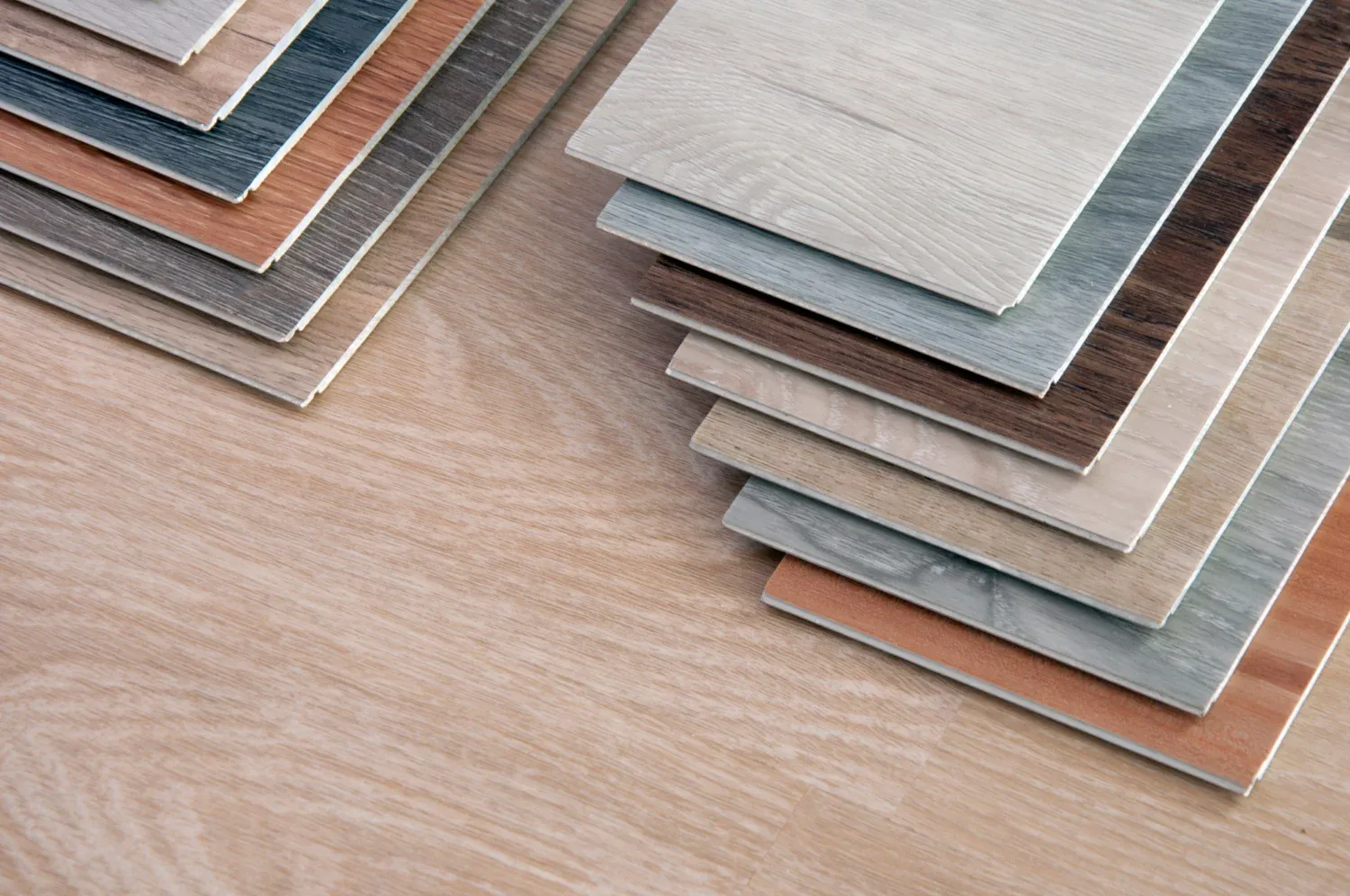Vinyl flooring has been a popular choice for homeowners for decades, and for good reason. This versatile and durable flooring option not only mimics the look of natural materials like hardwood and stone, but it also comes in a wide range of types and styles to fit any aesthetic and budget. However, with so many options available, it can be overwhelming to choose the right vinyl flooring for your home. That’s why we’re here to unlock the secrets of vinyl flooring types and styles, so you can make an informed decision and transform your space with this fantastic flooring solution.
What is Vinyl Flooring?
Vinyl flooring is a versatile and popular flooring option that has become a go-to choice for homeowners and businesses alike. It’s a synthetic material that replicates the look and feel of natural materials, such as wood or stone, but with added benefits.
Vinyl flooring is typically made from several layers, including a wear layer, printed design layer, and a backing layer. These layers work in harmony to provide a durable and attractive flooring surface.
Types of Vinyl Flooring
Vinyl flooring offers a diverse range of options to suit various tastes, preferences, and practical needs. Let’s explore the main types of vinyl flooring available in the market:
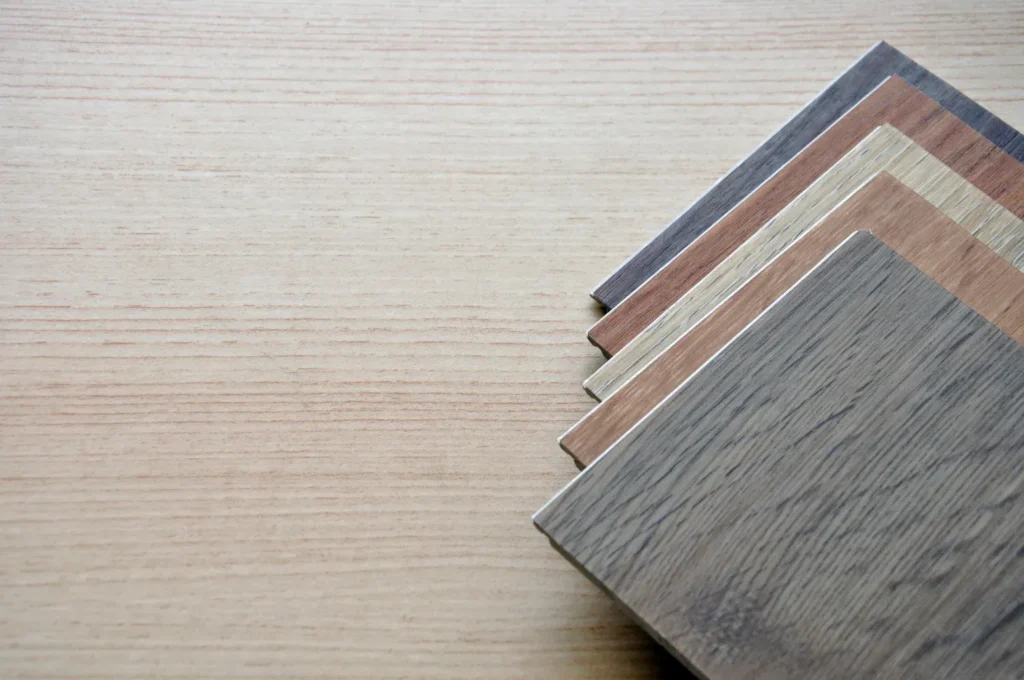
Sheet Vinyl
Sheet vinyl is a classic and versatile choice known for its seamless and budget-friendly qualities. Here’s what you need to know:
Large Rolls: Sheet vinyl is typically sold in large rolls, making it an excellent option for covering extensive areas without seams.
Waterproof: It is highly resistant to moisture, making it ideal for bathrooms, kitchens, and other spaces where spills are common.
Design Options: Sheet vinyl comes in a variety of patterns, from wood and stone looks to more abstract designs, allowing you to achieve your desired aesthetic.
Luxury Vinyl Tile (LVT)
Luxury vinyl tile, often known as LVT, is a premium vinyl flooring option that replicates the look of natural stone or ceramic tiles. Here are some key points:
Realistic Appearance: LVT is designed to mimic the texture and appearance of real tiles, adding an elegant touch to your space.
Durability: It’s highly durable and can withstand heavy traffic areas, making it suitable for both residential and commercial settings.
Easy Installation: LVT tiles usually come with a click-and-lock or adhesive backing system, making installation a relatively straightforward process.
Luxury Vinyl Plank (LVP)
Luxury vinyl plank, or LVP, is an excellent choice if you desire the look of hardwood flooring with the benefits of vinyl. Here’s why LVP stands out:
Wood-Look Aesthetics: LVP comes in various wood grain patterns and colors, providing a realistic hardwood appearance.
Water Resistance: Like other vinyl types, LVP is resistant to moisture, making it an ideal choice for areas where hardwood is typically not recommended.
Easy Maintenance: LVP is easy to clean and maintain, and it can endure daily wear and tear.
Vinyl Composite Tile (VCT)
Vinyl composite tile, or VCT, is a vinyl flooring option that’s commonly used in commercial settings due to its durability and affordability. Here’s what to know:
Commercial Use: VCT is often found in high-traffic areas like schools, hospitals, and retail spaces, thanks to its exceptional durability.
Tile Format: It comes in square tiles and typically requires waxing and polishing to maintain its appearance.
Design Choices: While VCT is more commonly associated with commercial settings, it’s available in various colors and designs, allowing for some creativity in design.
How Vinyl Flooring Compares to Other Flooring Types
When it comes to selecting the right flooring for your space, it’s essential to understand how vinyl flooring compares to other popular options like hardwood, laminate, and tile. Let’s explore these comparisons:
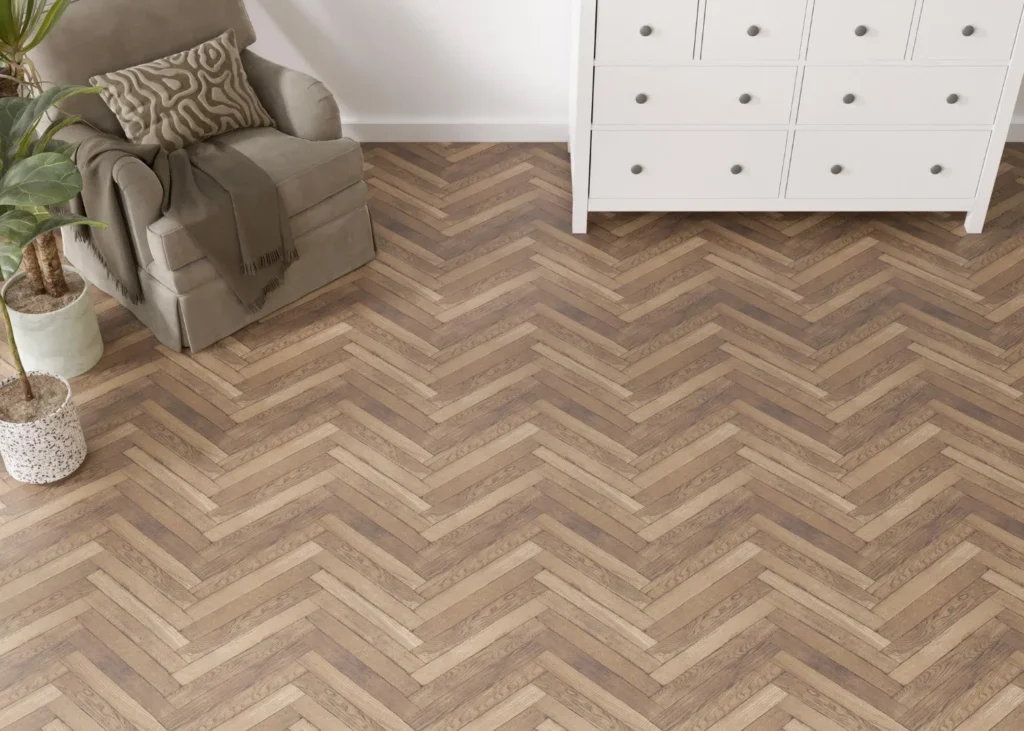
Vinyl Flooring vs. Hardwood
Appearance: Vinyl flooring can closely mimic the look of hardwood, offering a similar aesthetic without the cost or maintenance associated with real wood.
Durability: Vinyl flooring is more resistant to moisture, scratches, and dents compared to hardwood. This makes it a practical choice for areas prone to spills and high foot traffic.
Maintenance: Vinyl flooring is easier to maintain. It doesn’t require refinishing or polishing, unlike hardwood, which needs periodic care to maintain its appearance.
Cost: Vinyl flooring is generally more budget-friendly than hardwood, making it an attractive option for those on a tighter budget.
Vinyl Flooring vs. Laminate
Materials: Both vinyl and laminate are synthetic materials. However, laminate typically consists of a high-density fiberboard core with a printed photographic layer, while vinyl is made of multiple layers, including a wear layer.
Water Resistance: Vinyl flooring is better at handling moisture and is a suitable choice for areas where water exposure is common. Laminate can warp when exposed to excessive water.
Installation: Vinyl flooring often comes with click-and-lock or adhesive installation options, making it a user-friendly choice for DIY projects. Laminate typically uses a similar installation method.
Durability: Vinyl is known for its durability, whereas laminate can be susceptible to chipping and damage from heavy impacts.
Vinyl Flooring vs. Tile
Appearance: Both vinyl and tile can mimic the look of stone, ceramic, or porcelain tiles. Vinyl is often warmer and more comfortable underfoot, while tile can feel cold.
Installation: Vinyl is generally easier to install than tile, which often requires professional installation due to the precise cutting and grouting involved.
Maintenance: Vinyl is more forgiving in terms of stains and damage compared to tile, which may require more meticulous cleaning and maintenance.
Cost: Vinyl is typically more cost-effective than tile, especially when considering installation costs.
Exploring Vinyl Flooring Styles
Vinyl flooring is not just about practicality; it’s also a canvas for expressing your unique style and taste. Let’s dive into the world of vinyl flooring styles, from wood-look designs to stone-inspired patterns, colors, textures, and finishes.
Wood-Look Vinyl Flooring
Wood-look vinyl flooring has gained immense popularity for its ability to replicate the warmth and charm of real hardwood. Here are some wood species commonly emulated in vinyl flooring:
Oak: Classic Elegance: Oak is known for its timeless beauty, and oak-look vinyl flooring captures the essence of this classic wood. It offers a warm and inviting ambiance to any space.
Maple: Light and Bright: Maple-look vinyl flooring brings a light and airy feel to rooms. Its pale colors and smooth grain patterns are perfect for creating a sense of space.
Cherry: Rich and Luxurious: Cherry-look vinyl flooring showcases the rich, reddish-brown tones of natural cherry wood. It adds a touch of luxury to your home.
Stone-Look Vinyl Flooring
Stone-inspired vinyl flooring options offer the elegance and durability of natural stone without the high costs and maintenance. Here are some popular choices:
Slate: Earthy Elegance: Slate-look vinyl captures the earthy beauty of real slate. Its textured surface and earth-toned colors bring a touch of nature indoors.
Marble
Timeless Opulence: Marble-look vinyl flooring exudes opulence and sophistication. Its veined patterns and polished finish add a touch of timeless luxury to your space.
Travertine
Warm and Rustic: Travertine-look vinyl replicates the rustic charm of real travertine. Its warm hues and natural texture create a cozy atmosphere.
Patterns and Designs
Vinyl flooring offers a plethora of patterns and designs that allow you to unleash your creativity:
Herringbone: This classic pattern adds an elegant and timeless touch to your floors.
Parquet: Parquet designs create intricate geometric patterns, ideal for a sophisticated and unique look.
Chevron: Chevron patterns bring a modern and dynamic vibe to your space with their bold angles.
Color Options
From traditional to vibrant, vinyl flooring comes in a wide range of colors to suit any design scheme:
Neutral Tones: Shades of beige, gray, and white provide a clean and versatile backdrop for your decor.
Bold Colors: Vibrant reds, blues, and greens can make a statement or add personality to your space.
Textures and Finishes
Vinyl flooring offers various textures and finishes to cater to different tastes:
Smooth: Smooth finishes provide a sleek, contemporary look.
Embossed: Embossed textures mimic the feel of real wood or stone, adding depth and character.
Hand-Scraped: Hand-scraped textures replicate the rustic, handcrafted charm of traditional wood.
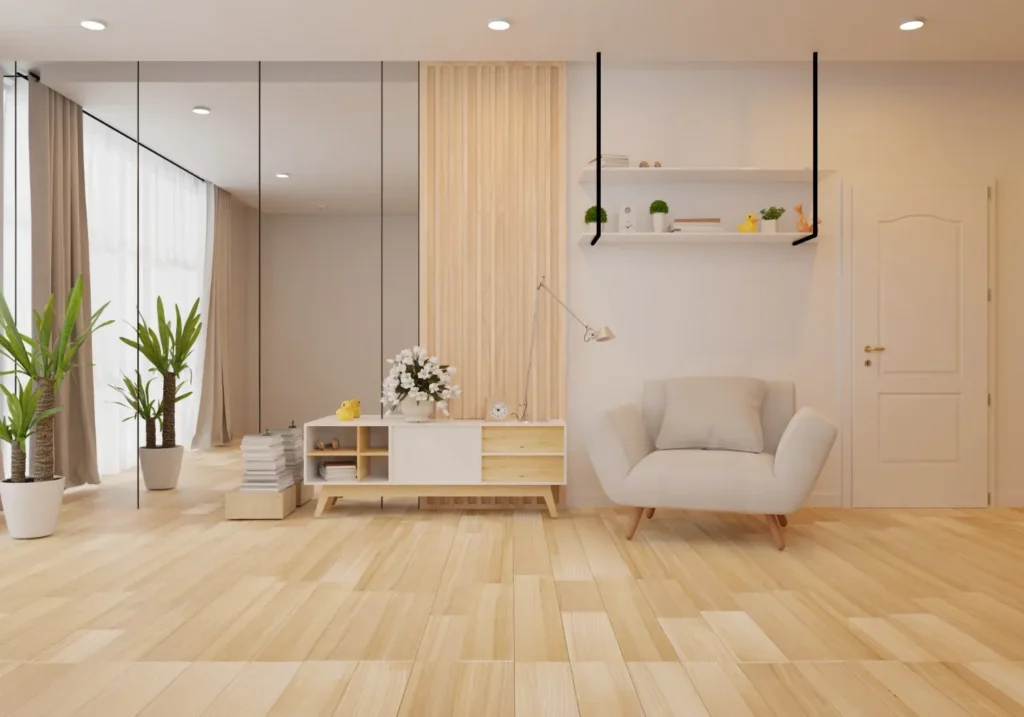
Selecting the Right Vinyl Flooring
Choosing the right vinyl flooring for your home or business is a crucial decision that can impact both the aesthetics and functionality of your space. To make an informed choice, it’s important to consider various factors. Let’s delve into the key aspects you should weigh when selecting the perfect vinyl flooring:
Room Usage
The first factor to consider is where you plan to install the vinyl flooring. Different rooms have different requirements, and vinyl can adapt to various spaces, including:
Living Areas: For a warm and inviting atmosphere, wood-look vinyl may be ideal.
Bathrooms and Kitchens: Consider waterproof vinyl to withstand moisture and spills.
Commercial Spaces: Durable vinyl options are essential for high-traffic areas.
Durability
Durability is a paramount consideration, especially for high-traffic areas. Factors to assess include:
Wear Layer Thickness: Thicker wear layers offer greater protection against scratches and wear.
Abrasion Class (AC) Rating: This rating indicates the durability of the vinyl, with higher AC ratings suitable for heavy use.
Budget
Vinyl flooring comes in a wide price range, making it accessible to various budgets. Factors influencing cost include:
Type of Vinyl: Luxury vinyl tends to be pricier than sheet vinyl.
Quality and Thickness: Thicker and high-quality vinyl may cost more.
Finding the Perfect Style for Your Space
The aesthetics of your vinyl flooring play a significant role in defining the look and feel of your room. Here are some style considerations:
Wood-Look Vinyl: If you desire the warmth and charm of wood, explore various wood species and grain patterns.
Stone-Inspired Vinyl: For a luxurious and timeless appearance, stone-look vinyl can add an elegant touch to your space.
Patterns and Colors: Consider unique patterns or bold color choices to make a statement or match your decor.
Environmental Considerations
If you’re environmentally conscious, there are vinyl flooring options that take sustainability into account. Look for vinyl products with:
Low VOC (Volatile Organic Compounds): These emissions can impact indoor air quality, so choosing low-VOC products is better for your health and the environment.
Recycled Content: Some vinyl products incorporate recycled materials, reducing the demand for new resources.
Popular Services
Researching reputable brands and manufacturers is essential for ensuring the quality and performance of your vinyl flooring.
Origin Wide Plank: As a trusted service, Origin Wide Plank offers a diverse selection of vinyl flooring styles and options for both residential and commercial spaces.
Pros and Cons of Vinyl Flooring
When it comes to choosing the perfect flooring for your home or business, it’s essential to weigh the pros and cons of each option. Vinyl flooring offers a range of advantages but also comes with some potential drawbacks. Let’s explore both aspects to help you make an informed decision.
Advantages of Vinyl Flooring
- Durability: One of the standout features of vinyl flooring is its exceptional durability. It can withstand heavy foot traffic, making it ideal for both residential and commercial spaces. Its resistance to scratches, stains, and water sets it apart from many other flooring options.
- Variety of Styles: Vinyl flooring offers an extensive range of styles, from wood-look to stone-inspired designs, patterns, and colors. This versatility allows you to achieve the look you desire for your space.
- Easy Maintenance: Maintaining vinyl flooring is a breeze. It requires minimal effort to keep it looking pristine. Regular sweeping and occasional mopping are usually sufficient to maintain its appearance.
- Comfort Underfoot: Unlike some hard flooring materials, vinyl has a softer underfoot feel. This added comfort makes it an excellent choice for areas where you spend a lot of time standing or walking.
- Affordability: Vinyl flooring is budget-friendly when compared to many other flooring options. It allows you to achieve the look you want without breaking the bank.
- DIY-Friendly Installation: Many vinyl flooring options are designed for easy installation, making it accessible for homeowners to take on DIY projects. Click-and-lock or adhesive methods are commonly used, reducing the need for professional installation.
Potential Drawbacks
- Not as Luxurious as Real Hardwood or Stone: While vinyl flooring can mimic the appearance of natural materials, it may not replicate the feel and authenticity of real hardwood or stone.
- Susceptible to Fading: Vinyl flooring can be sensitive to direct sunlight, and over time, prolonged exposure may cause fading or discoloration.
- Limited Resale Value: In comparison to genuine hardwood or stone, vinyl may not add as much value to a home, which can be a consideration if you plan to sell your property.
- Environmental Concerns: Some vinyl flooring may contain harmful chemicals or emit volatile organic compounds (VOCs). It’s essential to choose low-VOC or phthalate-free options if you have environmental or health concerns.
- Not Suitable for Uneven Subfloors: Vinyl flooring requires a smooth and even subfloor for installation. It may not be the best choice if your subfloor has significant imperfections.
